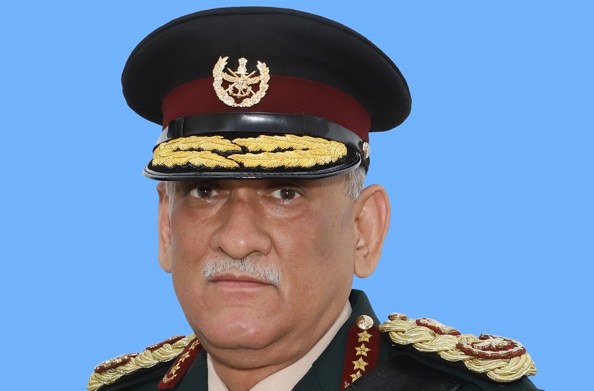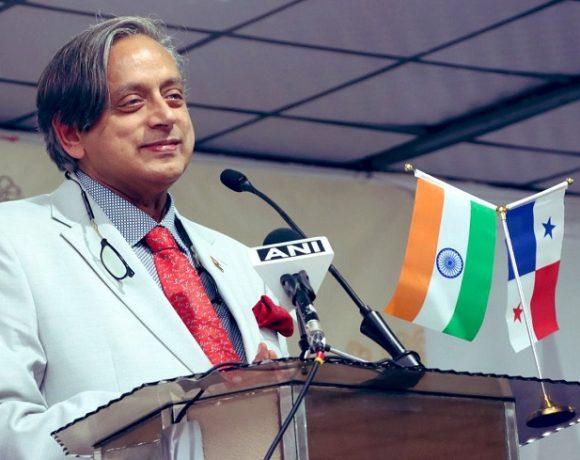
Defence Report Confirms Human Error in CDS Bipin Rawat’s Tragic Mi-17 Crash
A comprehensive report by the Indian Defence Ministry has confirmed that the fatal crash of the Mi-17 V5 helicopter, which claimed the life of Chief of Defence Staff (CDS) General Bipin Rawat, was caused by human error. The tragic accident, which occurred in December 2021, had also resulted in the death of General Rawat’s wife, Madhulika Rawat, and 11 others onboard.
Investigation Findings
The probe conducted by the tri-services inquiry team established that the crash was the result of Controlled Flight into Terrain (CFIT), a situation caused when an airworthy aircraft is flown into the ground or an obstacle due to pilot error. The report attributed the mishap to “spatial disorientation” of the crew while navigating through adverse weather conditions in the Nilgiri Hills near Coonoor, Tamil Nadu.
The investigation ruled out mechanical failure, sabotage, or negligence, underscoring the complexities of flying in challenging terrain under inclement weather conditions.
Crash Details
The Mi-17 V5, a versatile transport helicopter in the Indian Air Force fleet, was en route from Sulur Airbase to the Defence Services Staff College in Wellington on the fateful day. General Bipin Rawat, known for his strategic leadership and significant contributions to the modernization of India’s armed forces, was scheduled to address officers at the college.
The helicopter crashed into a hillside, killing all but one occupant, Group Captain Varun Singh, who later succumbed to his injuries despite medical intervention.
Recommendations for Future Safety
In response to the findings, the Defence Ministry has recommended enhanced safety protocols for flights in difficult terrains and adverse weather conditions. The inquiry report has called for improved crew training and stricter adherence to standard operating procedures to prevent similar tragedies in the future.
The loss of General Rawat, India’s first CDS, marked a somber moment in the nation’s military history. This report seeks to address the factors behind the crash, ensuring that lessons learned will lead to greater aviation safety standards for the armed forces.


















